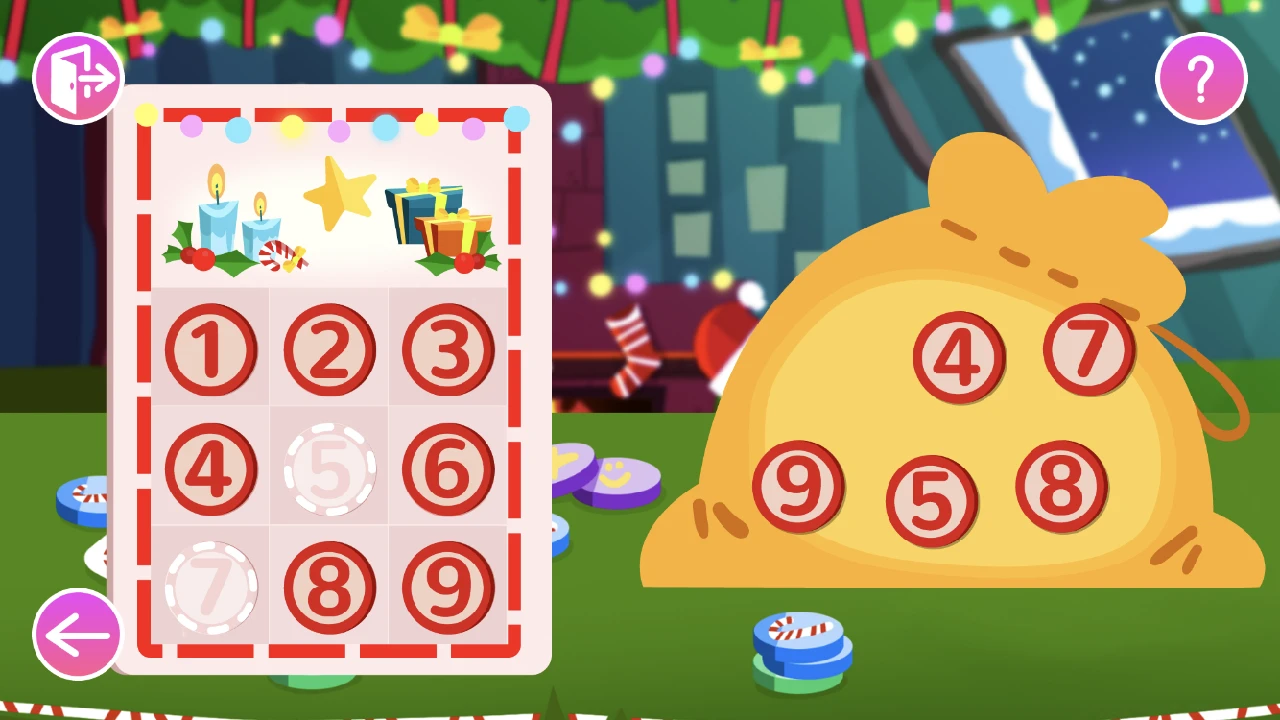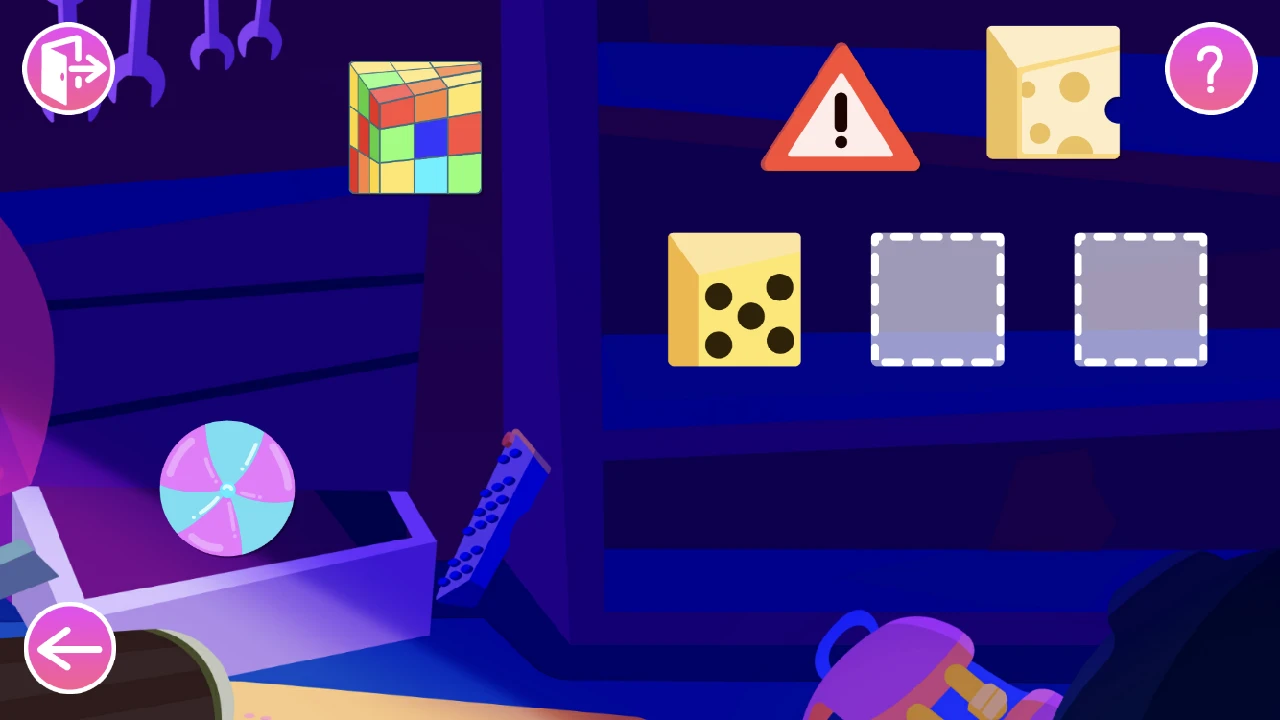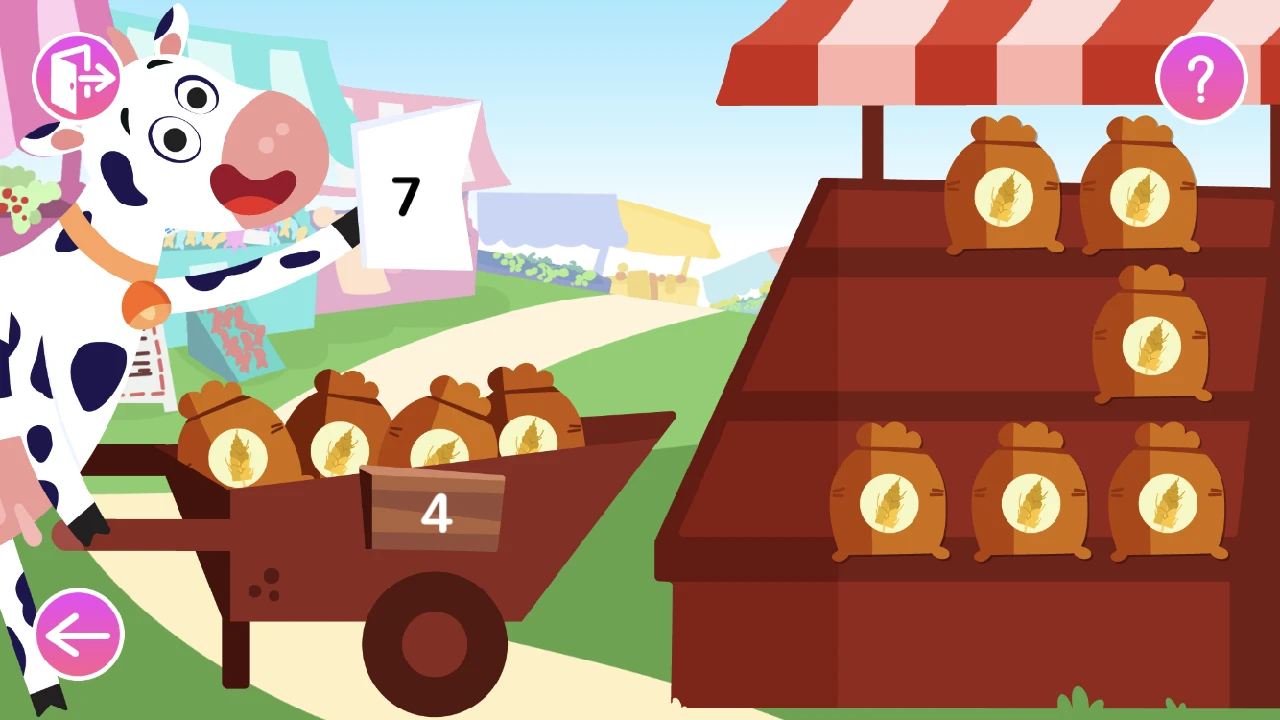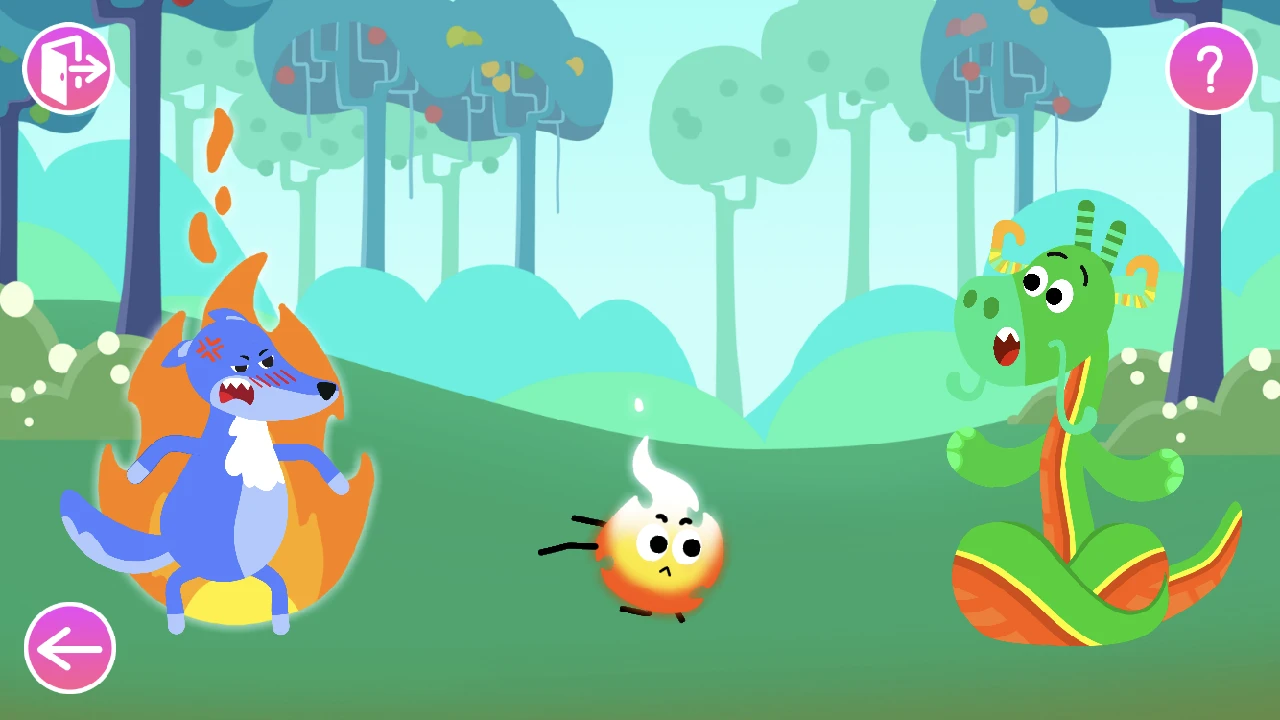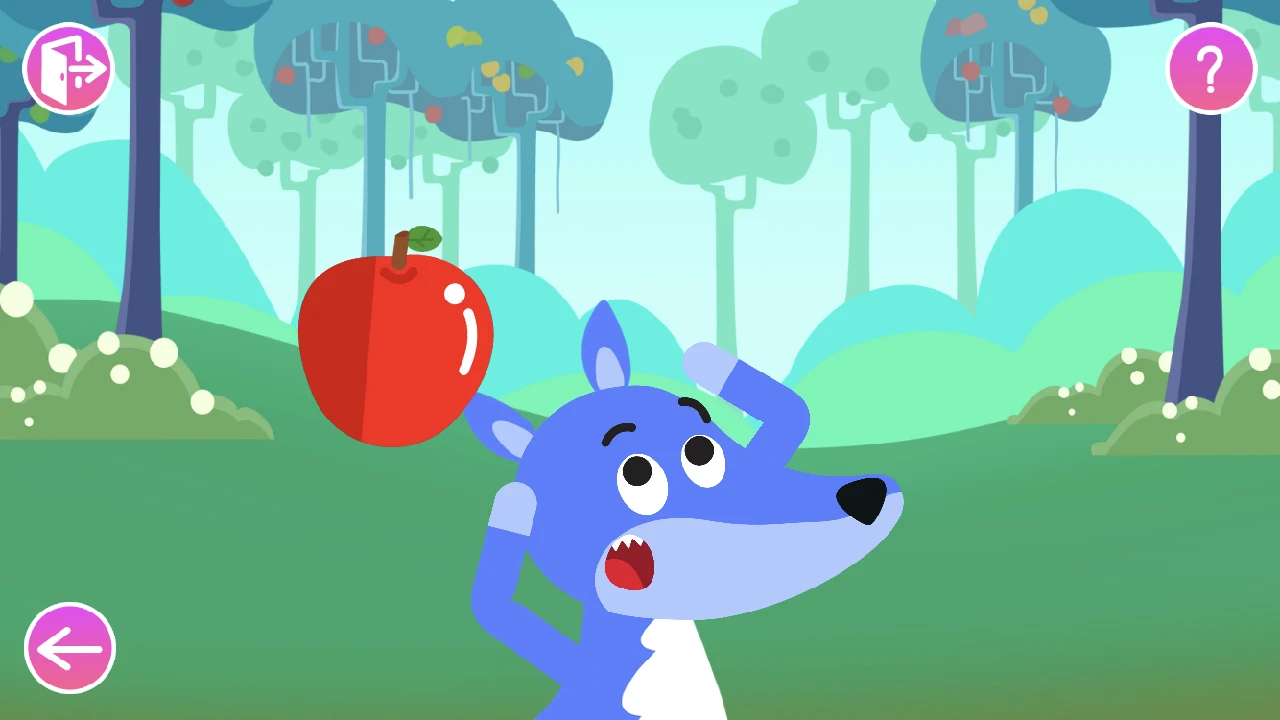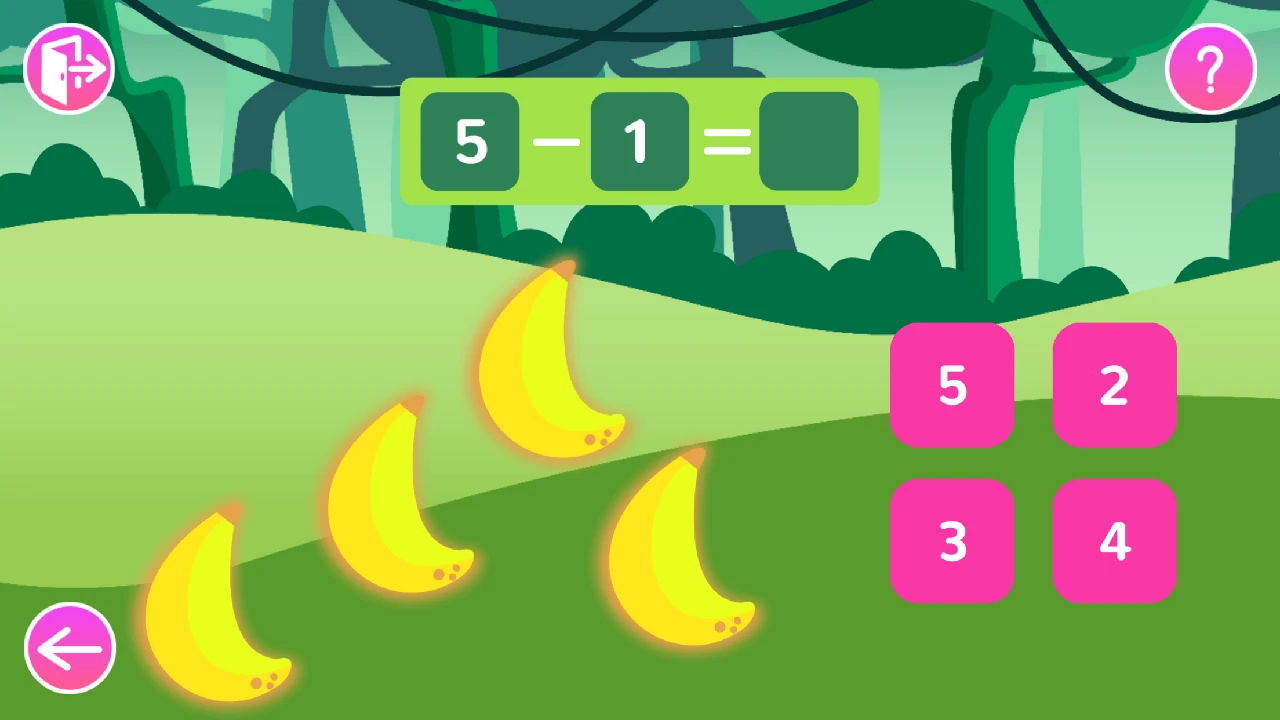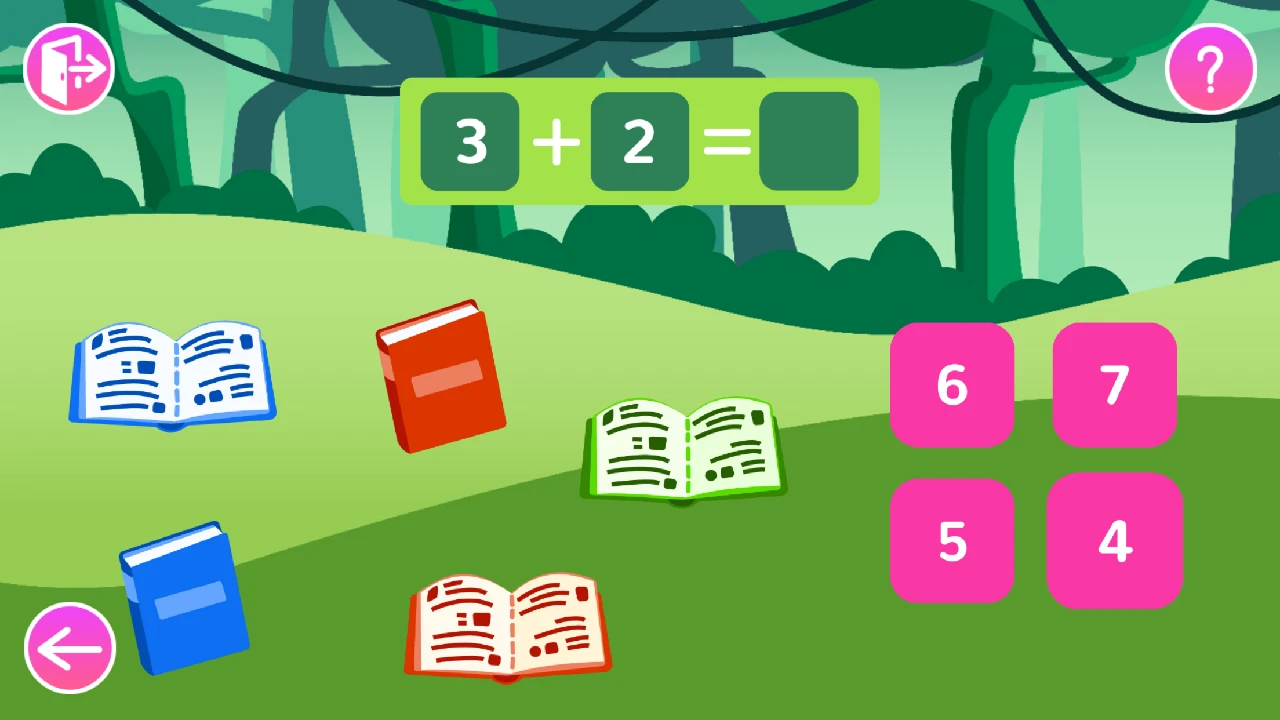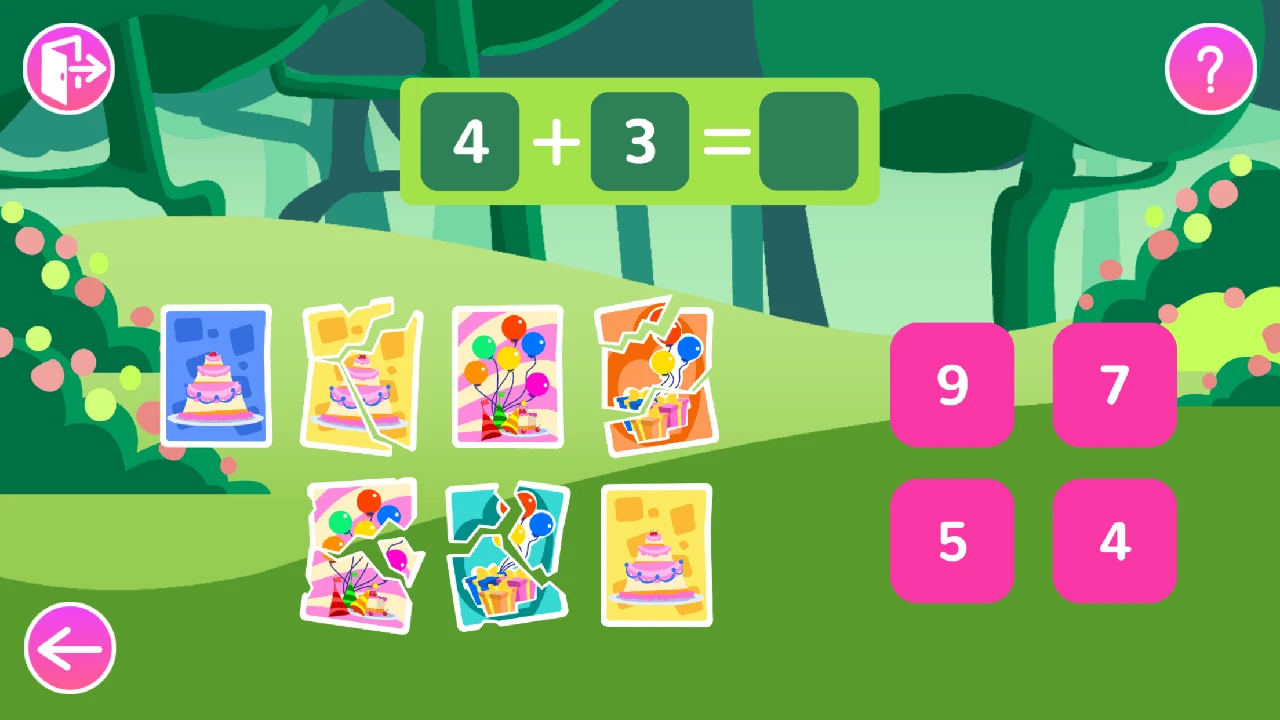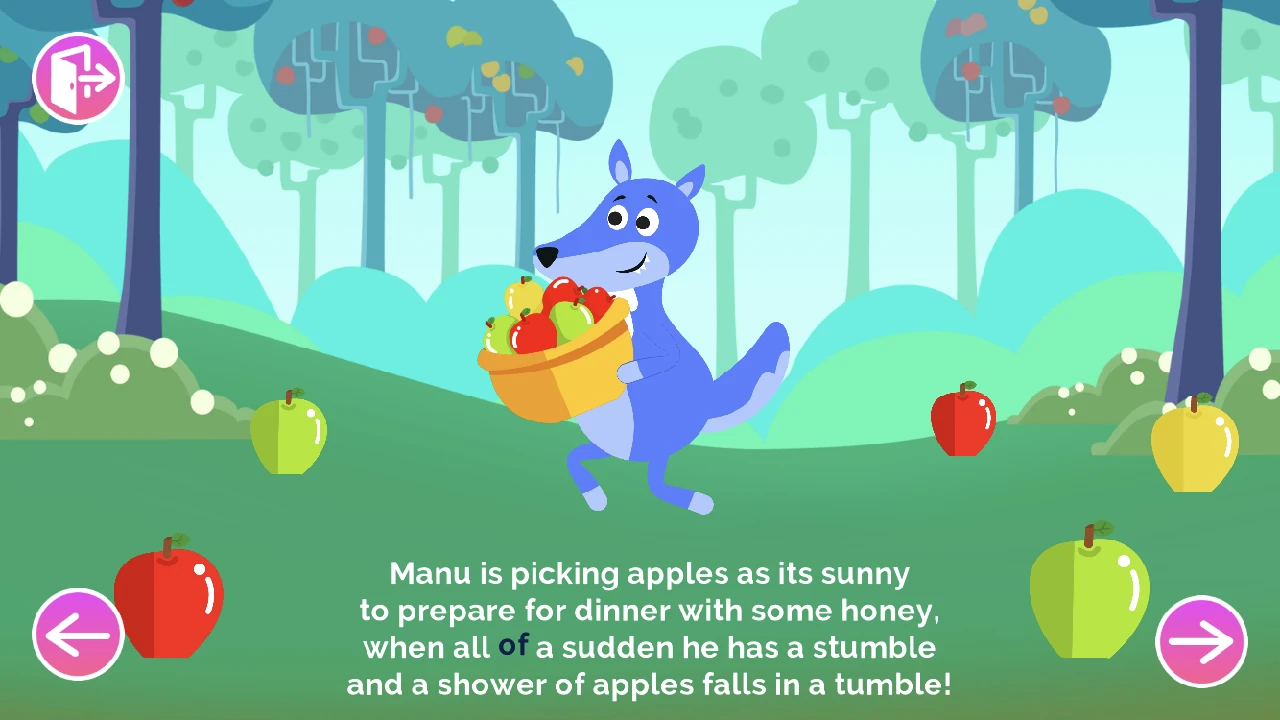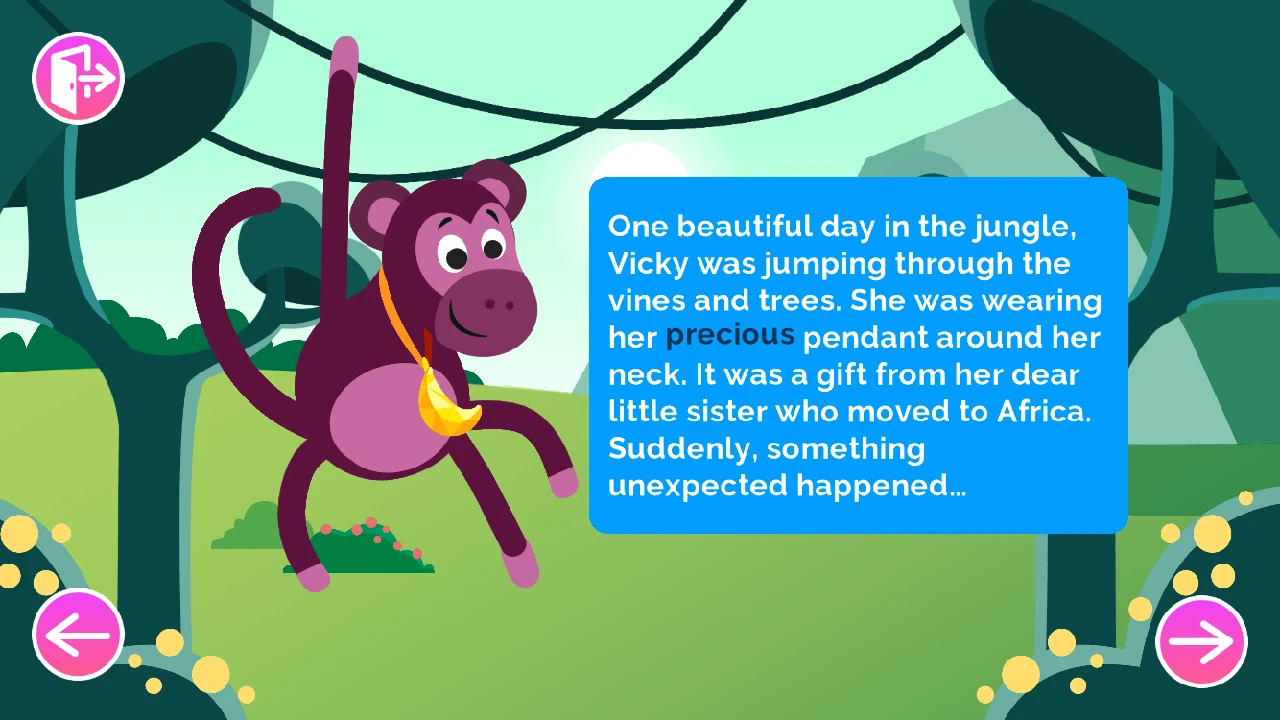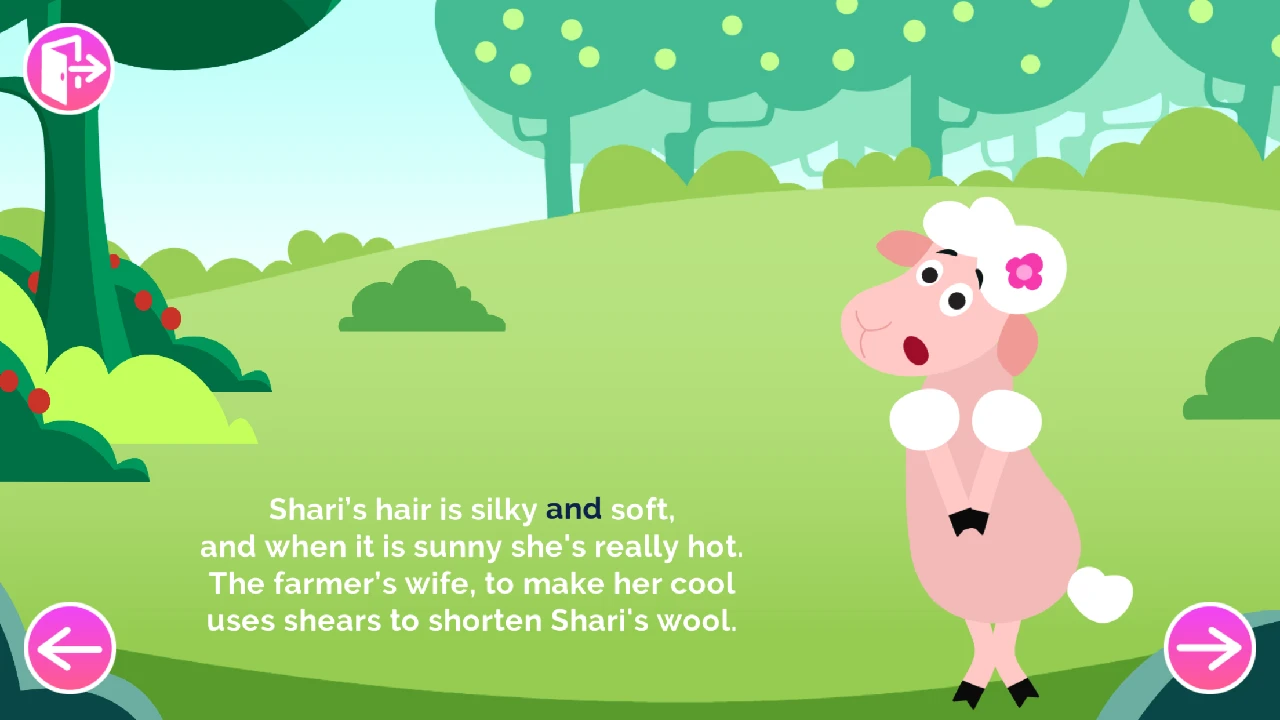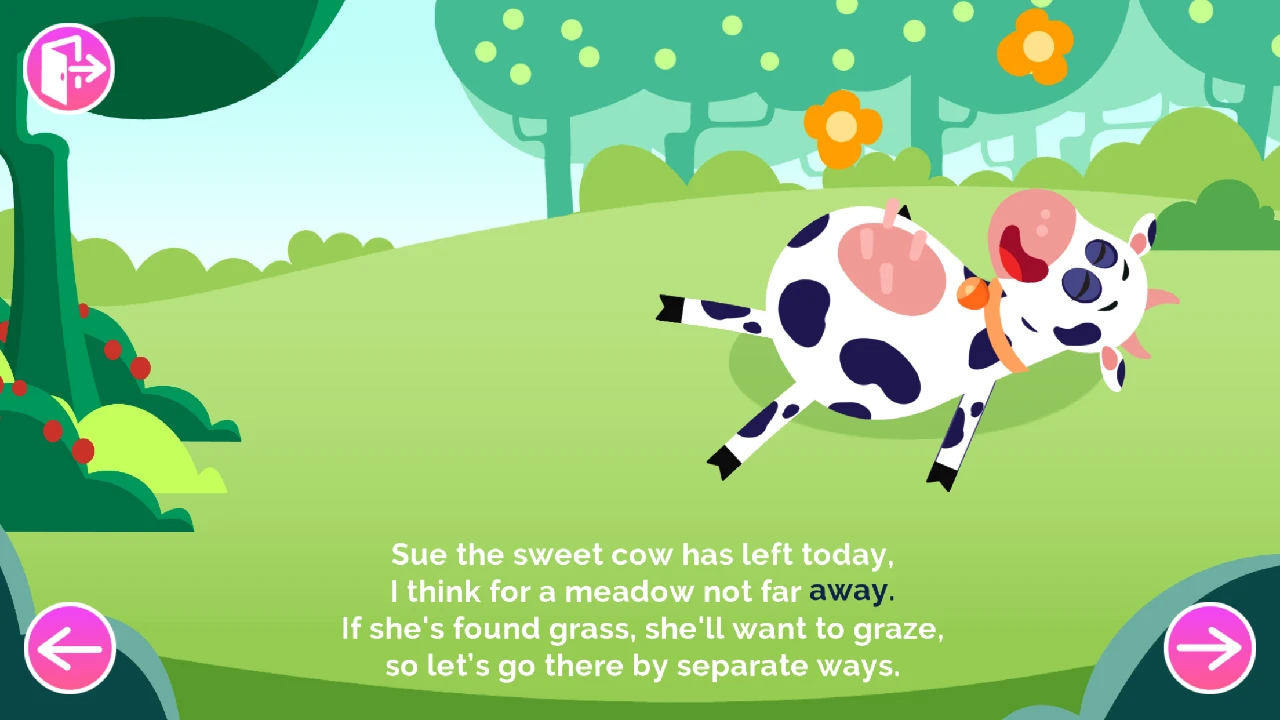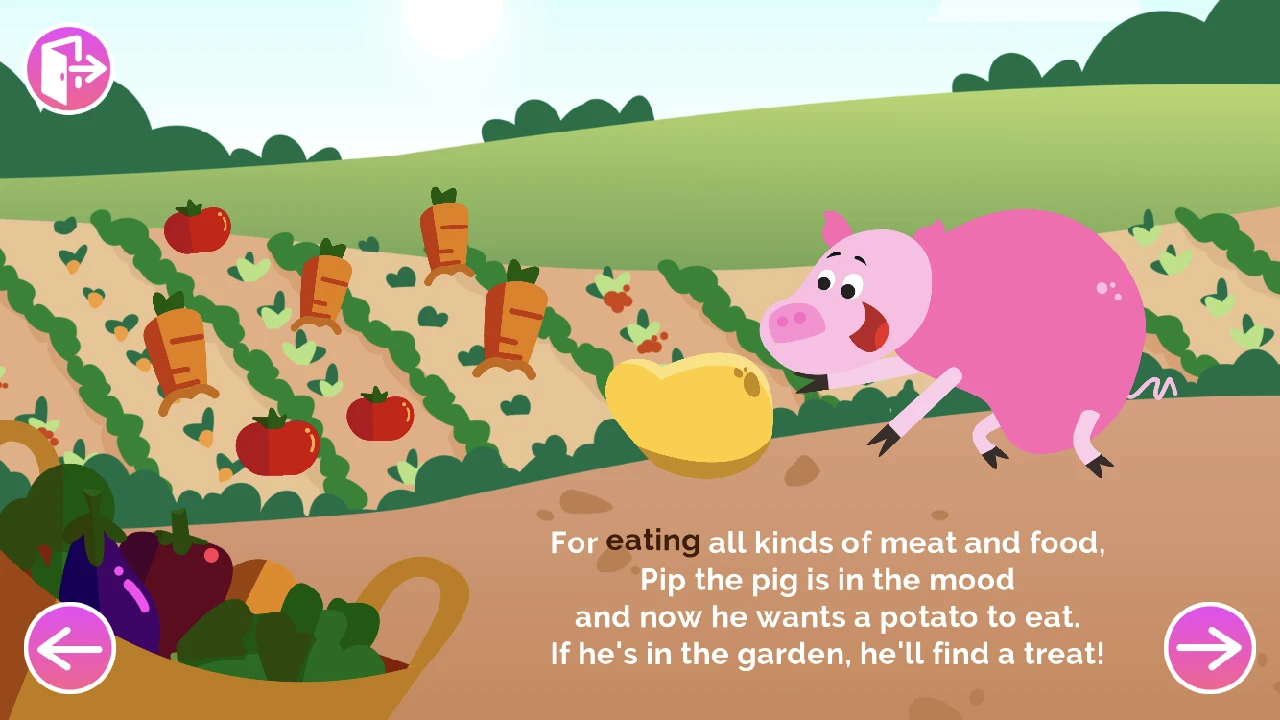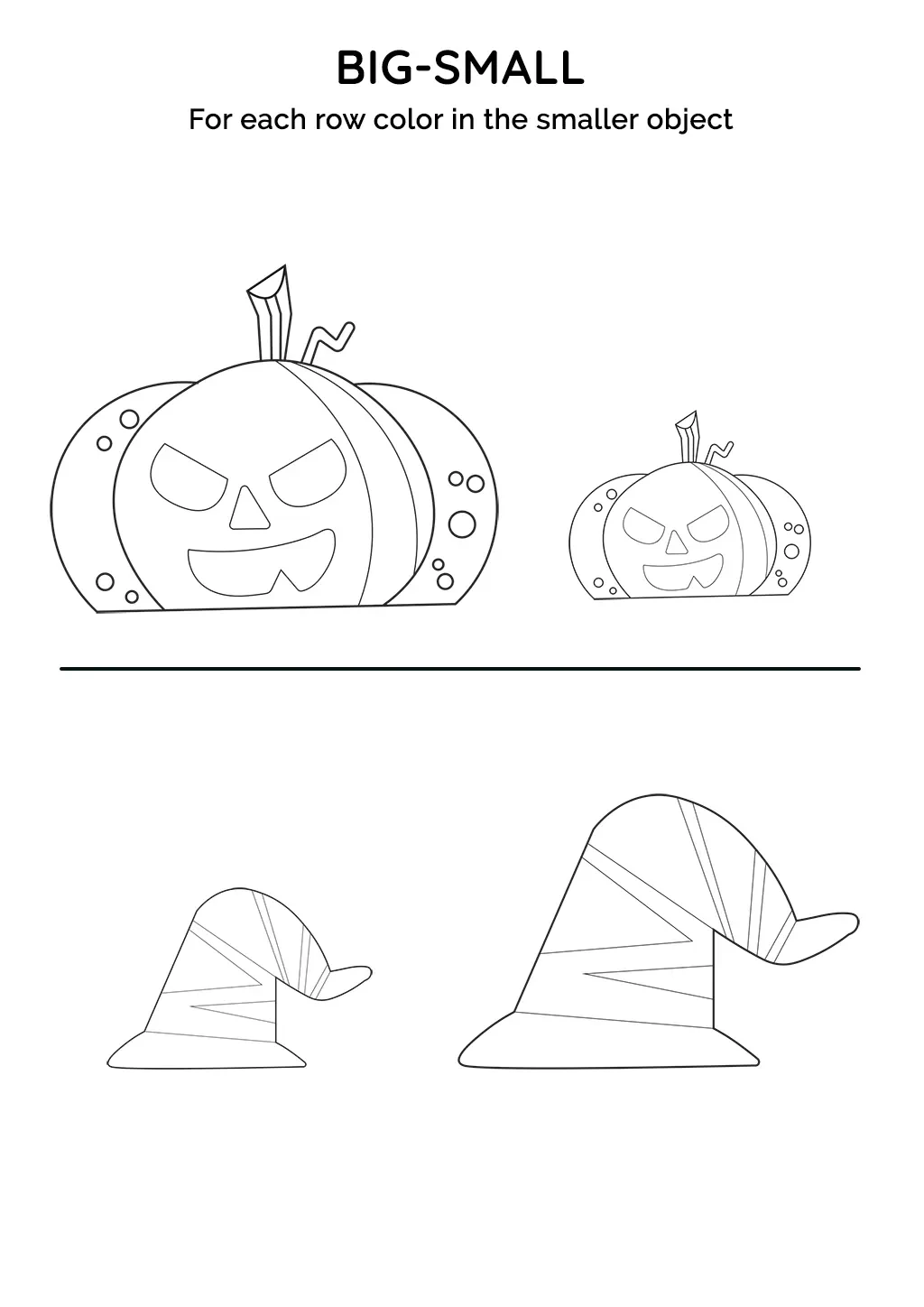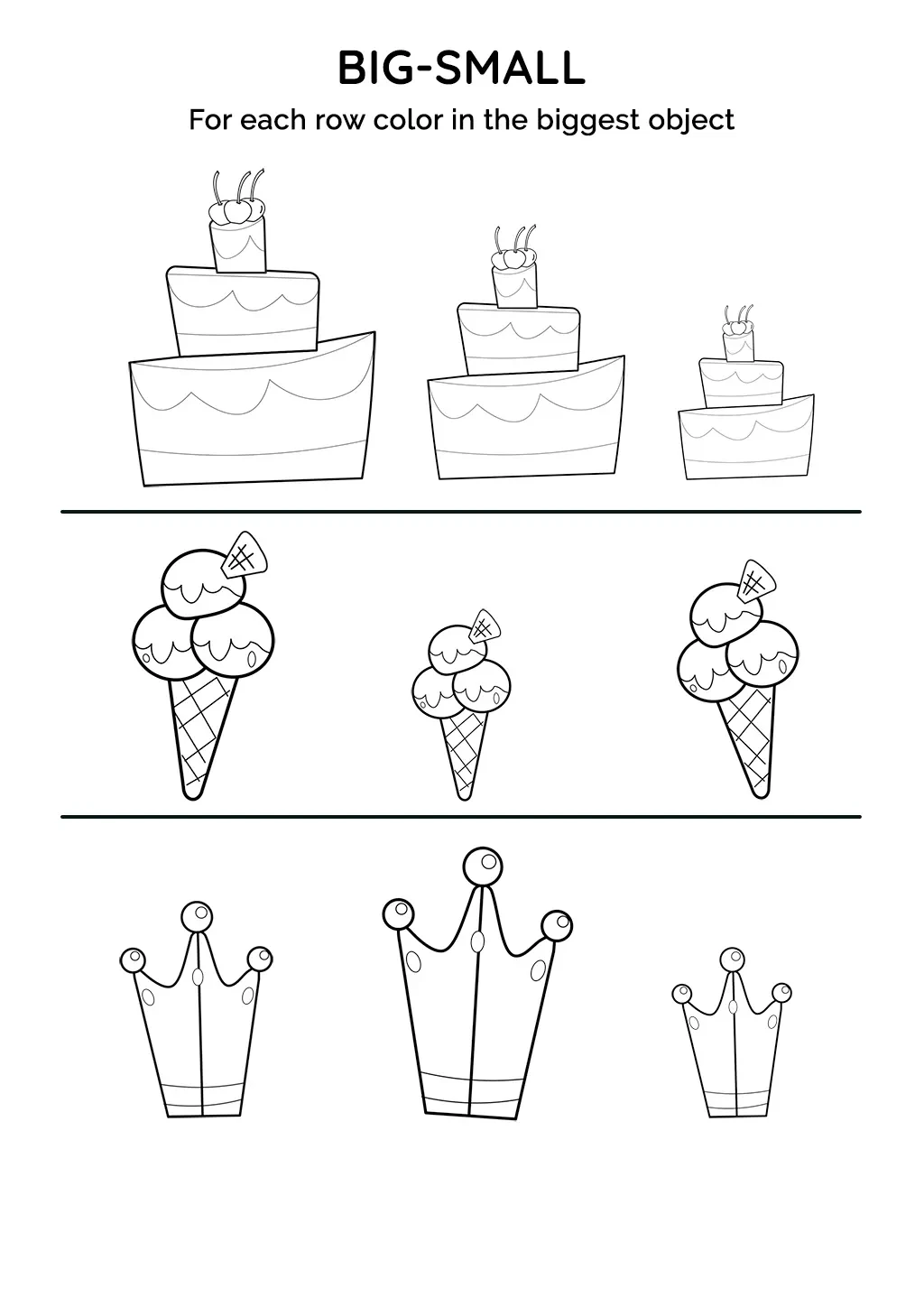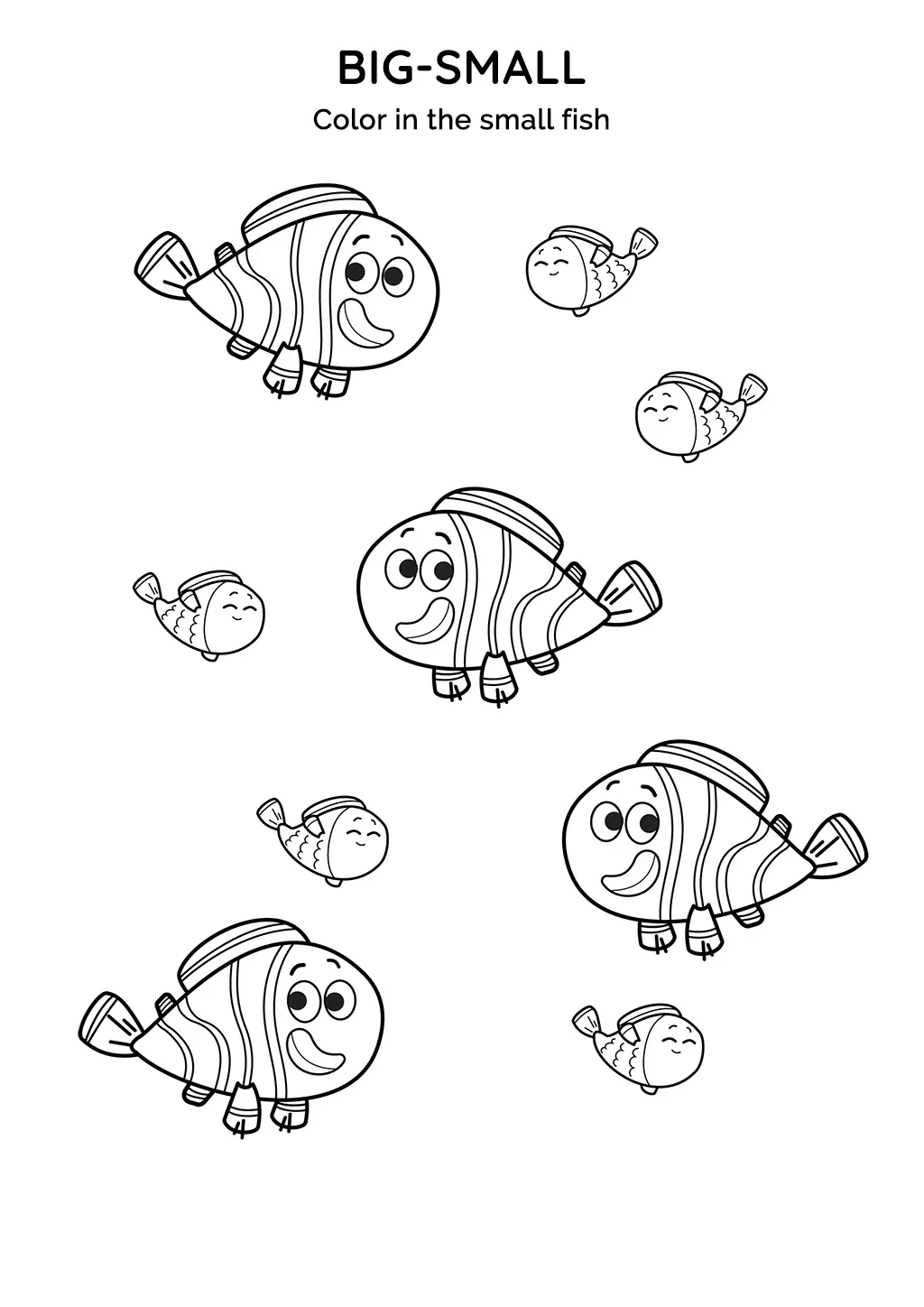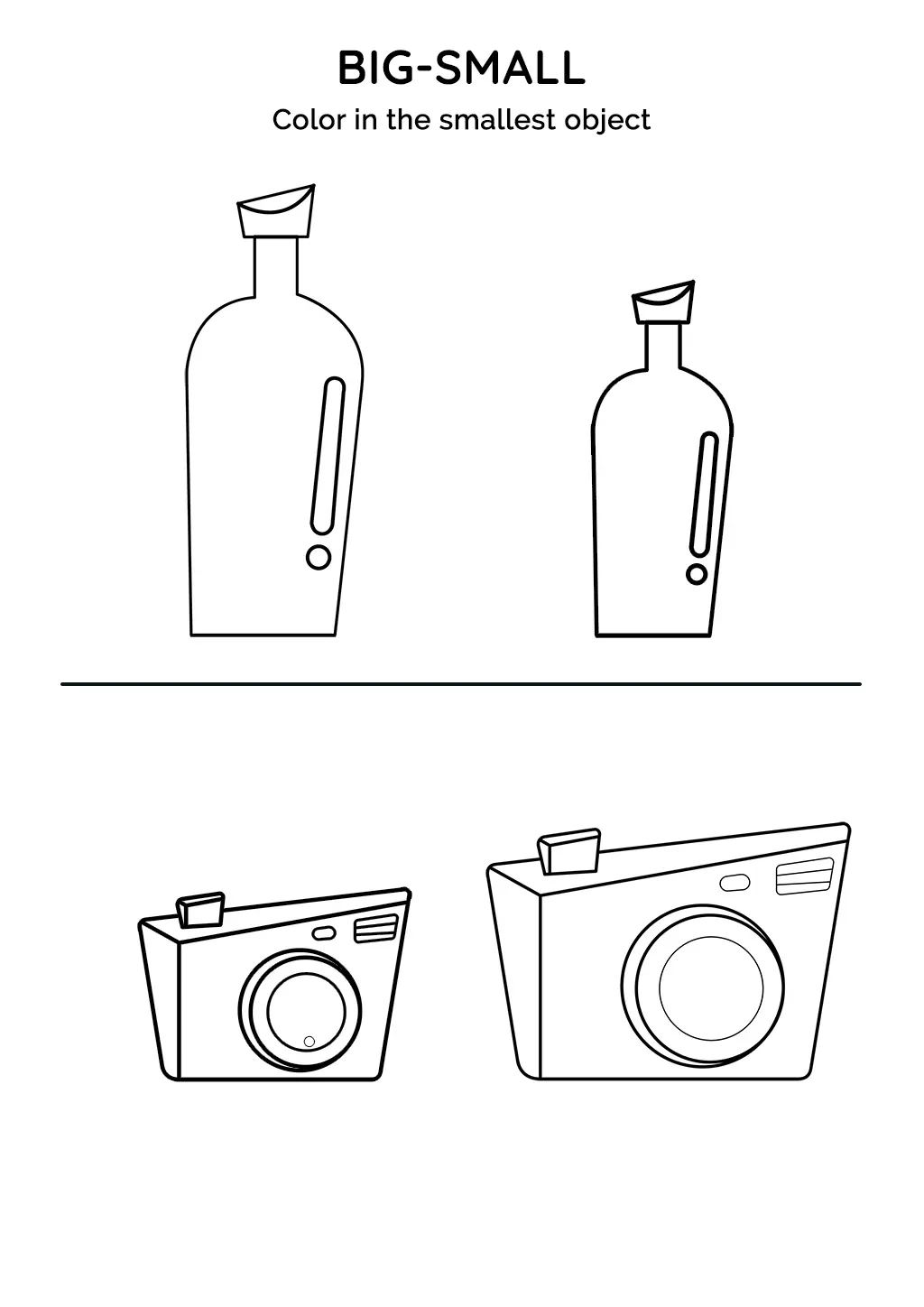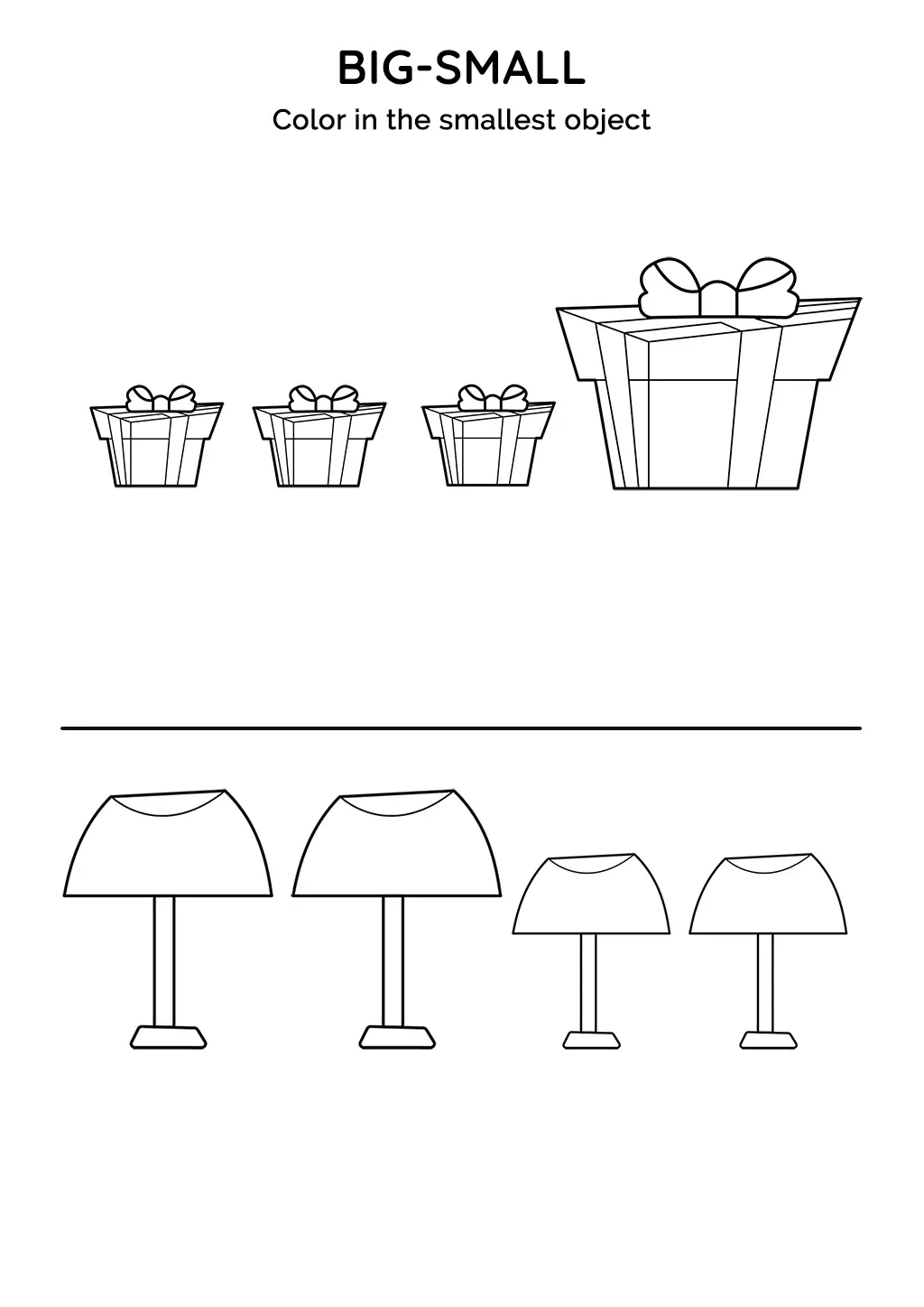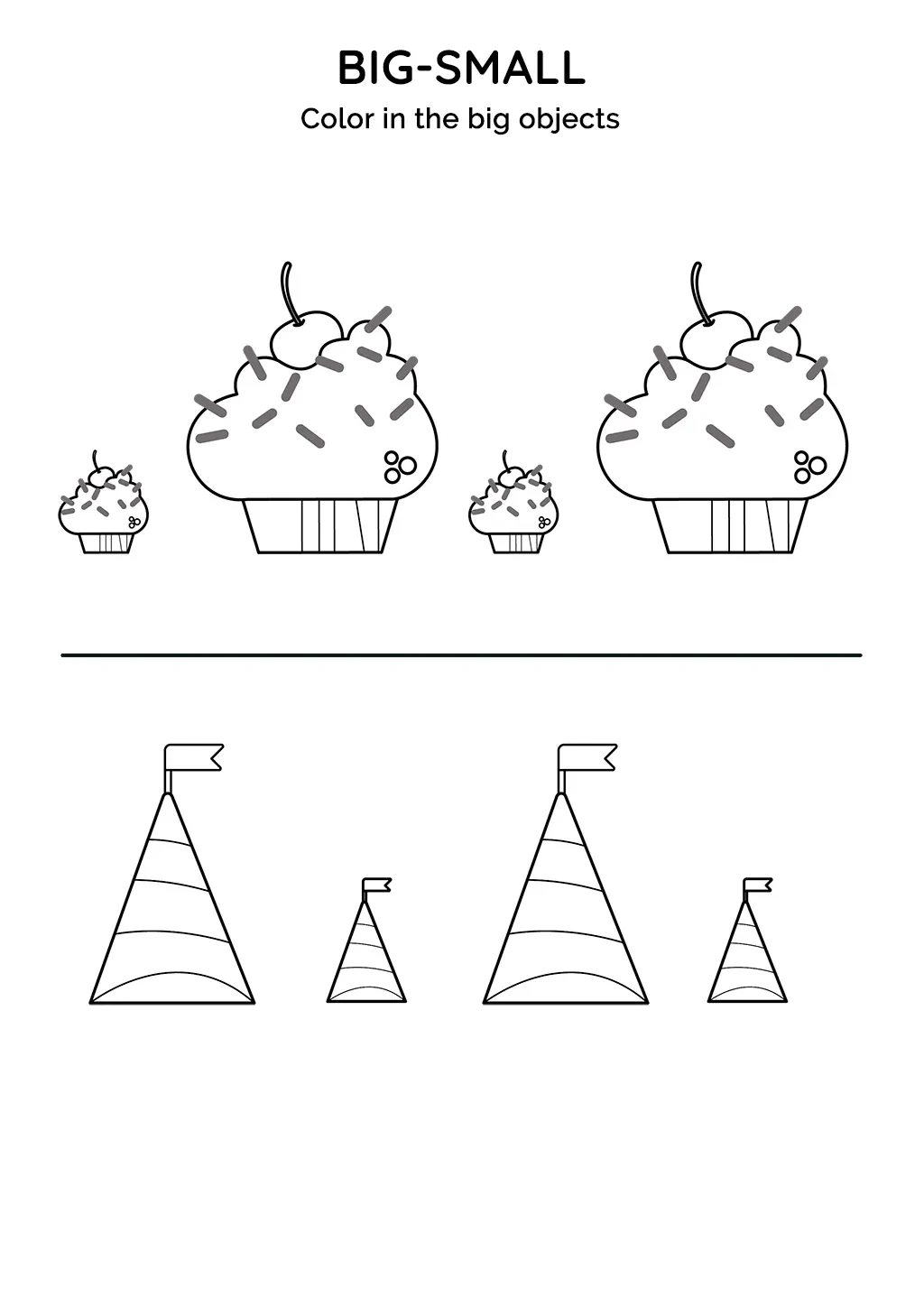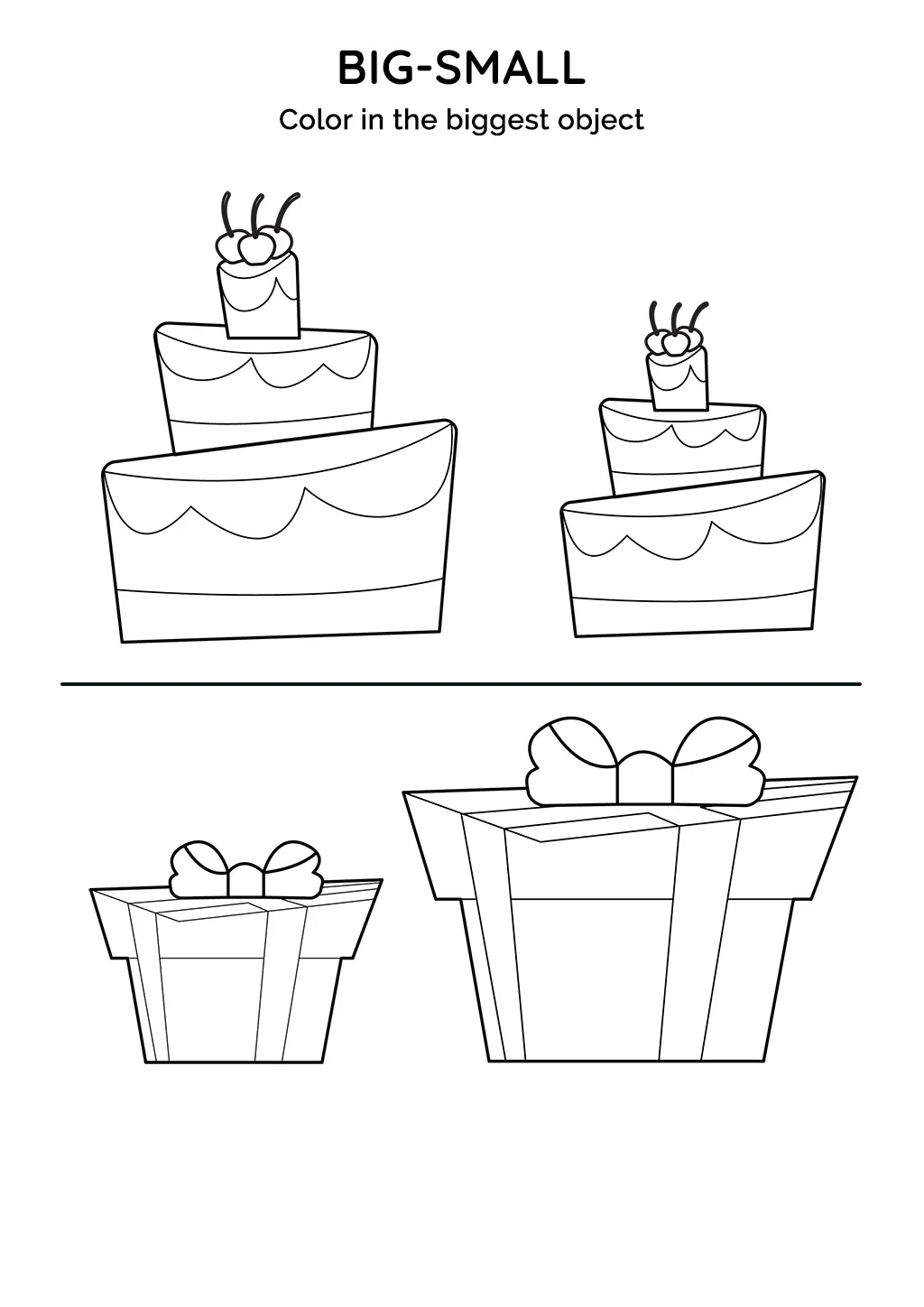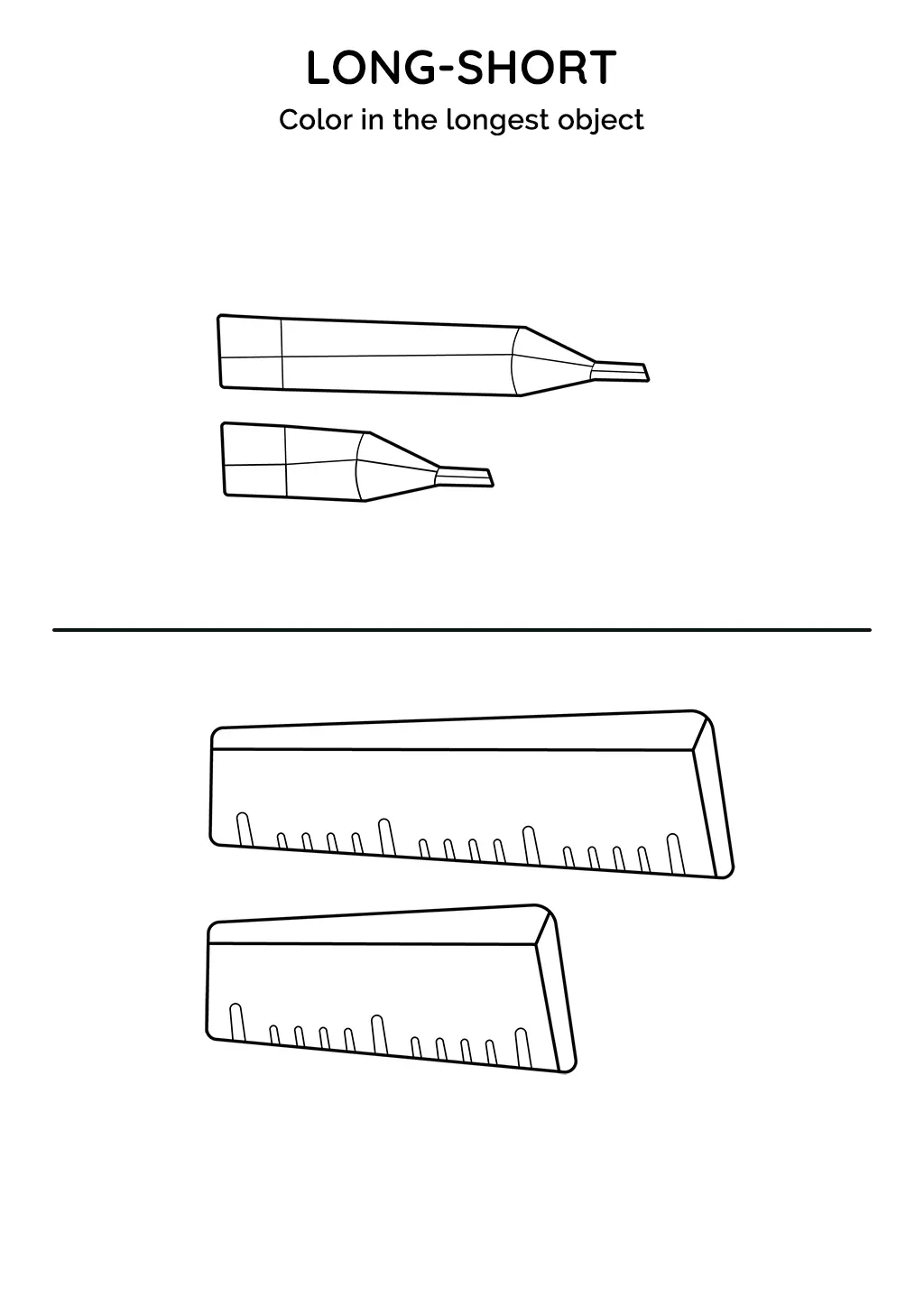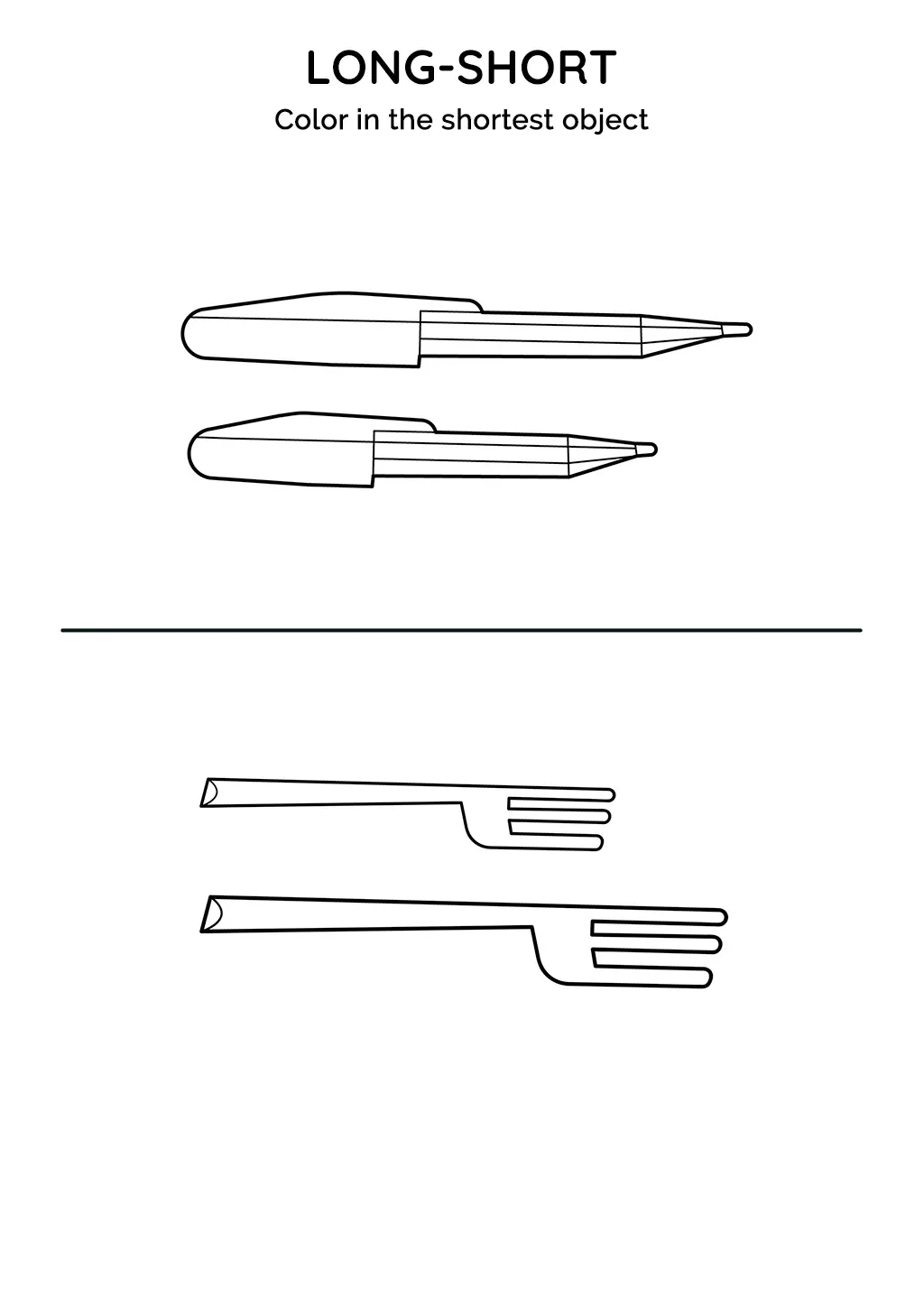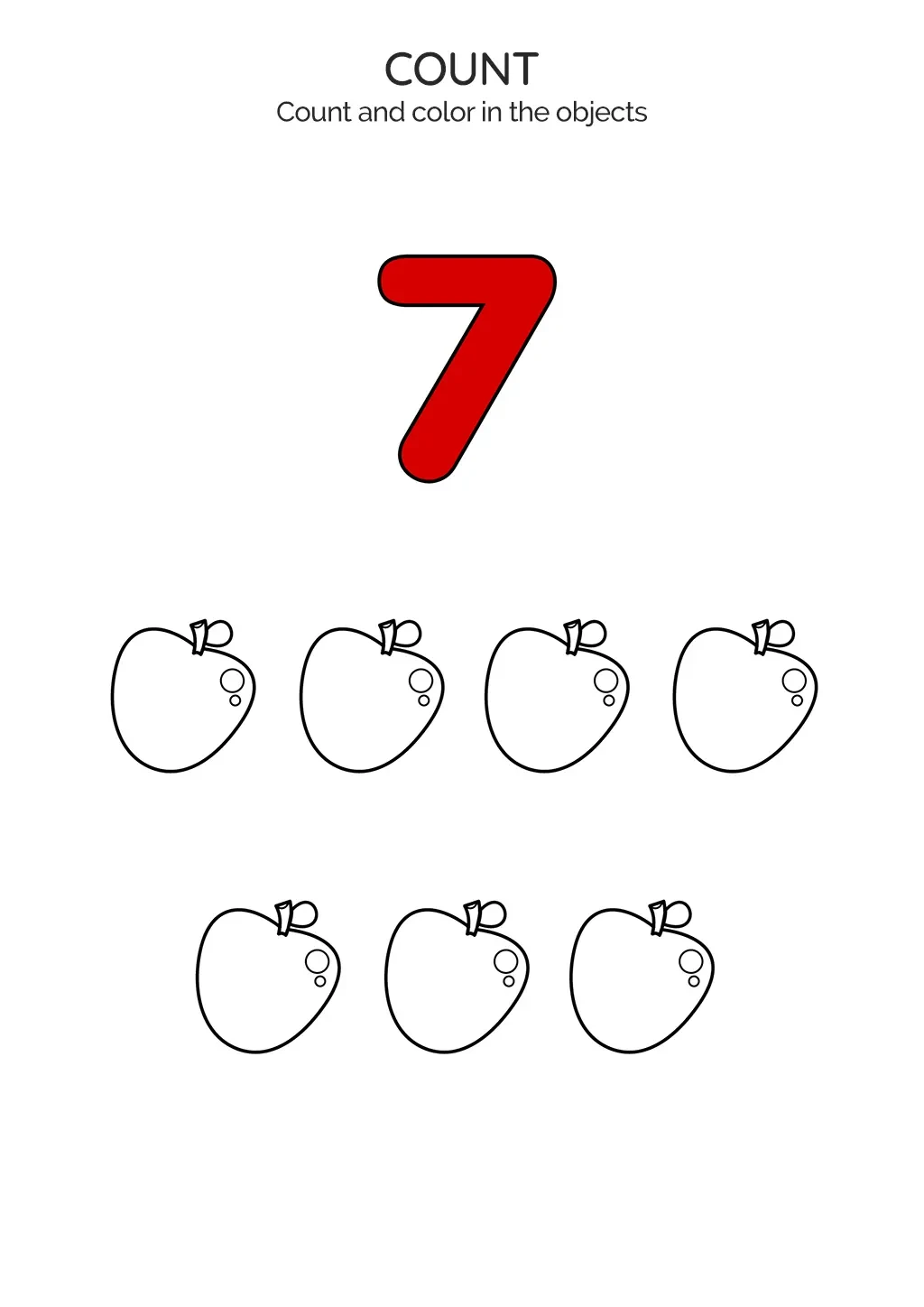Mathematics might seem like a complex discipline, but its foundation lies in simple concepts introduced in early childhood education, one of which is shape recognition. Shapes are everywhere in a child’s world. They are in the toys children play with, the drawings they make, and even in the buildings and objects they see every day. By learning to recognize different shapes, children gain the basic tools for understanding the world around them and laying the groundwork for mathematical thinking. Through the mastery of shape recognition, children can improve their problem-solving abilities, enhance their spatial awareness, and develop visual-spatial skills, leading to more advanced mathematical concepts in the future.
Shape recognition is a vital cognitive skill that children start to develop from a very young age. As part of early math learning, it allows children to make sense of the world around them. By recognizing shapes, children can categorize and classify their surroundings, making them more comprehensible. Moreover, shape recognition lays the groundwork for more advanced mathematical concepts. For example, by understanding the concept of a circle, children can eventually grasp more complex concepts such as volume and area. According to cognitive psychologist Jean Piaget, children between the ages of 2 to 7 are in the ‘preoperational stage’, where they start recognizing shapes and using this knowledge to interact with their environment. Thus, fostering shape recognition skills in early childhood is crucial for future academic success.
Children can develop their shape recognition skills in a variety of ways. Here are five practical tips for parents and teachers to foster these skills:
Remember that learning should be fun, so keep these activities engaging and pressure-free.
Shape recognition is a skill that can be honed and developed over time with consistent practice. Through the use of interactive games, engaging stories, and educational worksheets available on Smart Tales, parents and teachers can effectively instill shape recognition skills in children. These educational resources have been thoughtfully designed to make learning shapes an enjoyable and interactive experience.
Through the immersive and interactive stories in Smart Tales, children can explore the world of shapes in an engaging and enjoyable manner. These stories weave the concept of shapes into captivating narratives, allowing children to learn shapes in context. Join our lovable characters on these educational adventures today!
Smart Tales offers a selection of games specifically designed to reinforce shape recognition. These interactive games engage children in fun-filled activities that foster shape recognition skills while keeping them entertained. Explore the collection of shape games now and discover a new dimension of learning!
Smart Tales’ educational worksheets are an excellent tool for reinforcing shape recognition skills. Created by educational experts, these worksheets provide children with a fun and engaging way to practice recognizing different shapes. Learning shapes has never been this enjoyable!
In conclusion, shape recognition is a foundational skill in early math learning. It provides children with a basic understanding of the world around them and prepares them for more advanced mathematical concepts. By integrating shape recognition into daily play and learning through Smart Tales’ stories, games, and worksheets, parents and teachers can nurture this critical skill. Remember, every child learns at their own pace, so keep learning enjoyable and pressure-free, and watch your child’s understanding of the world around them grow.
